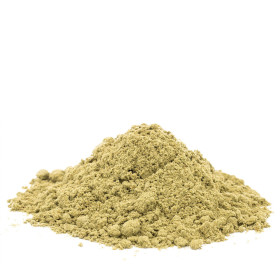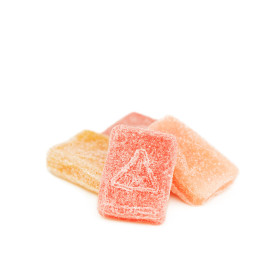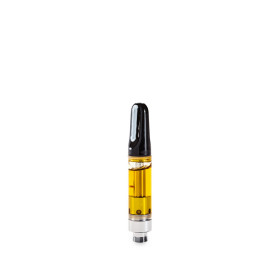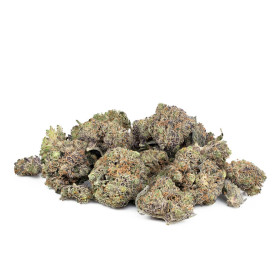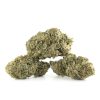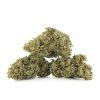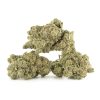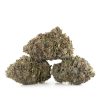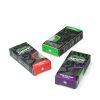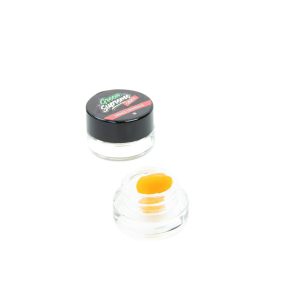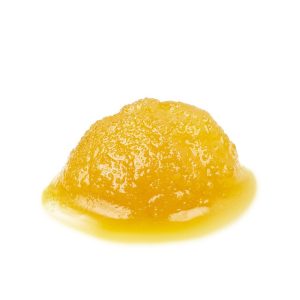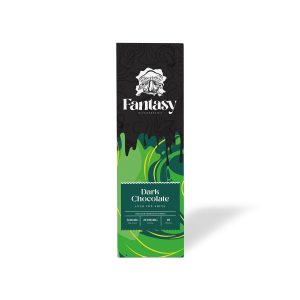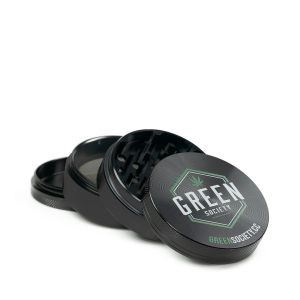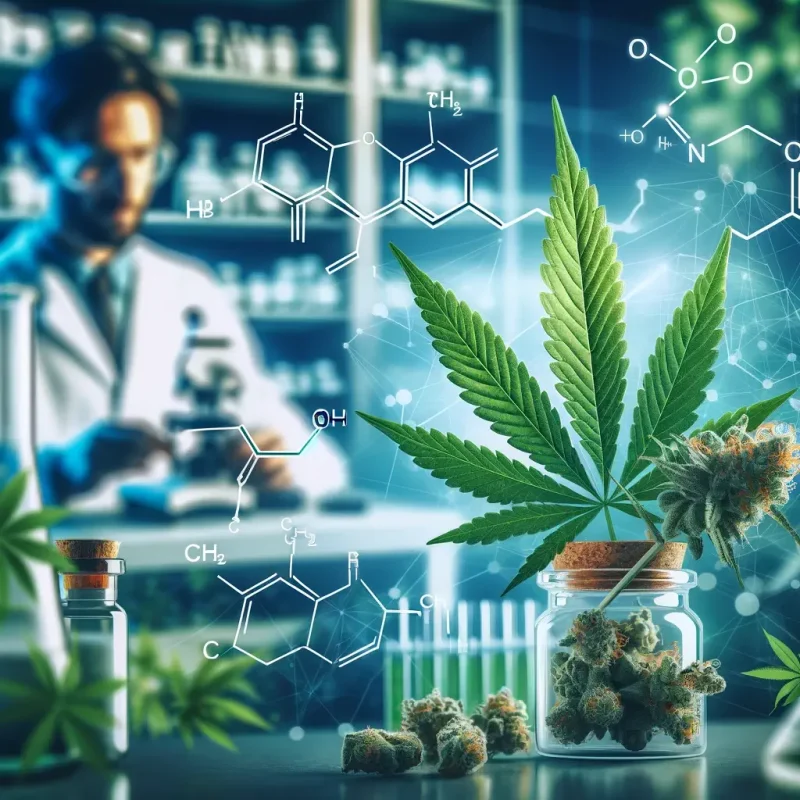Marijuana
The Science of Cannabis: Understanding THC and CBD
Cannabis has long been a subject of interest and debate across Canada, with its legalization for both medicinal and recreational use marking a significant shift in public policy and perception. At the heart of the cannabis conversation are two key compounds: THC (tetrahydrocannabinol) and CBD (cannabidiol). These compounds are responsible for the wide array of effects cannabis has on the body, from psychoactive highs to pain relief. This article delves into the science of cannabis, focusing on THC and CBD, their effects on the body, their chemistry, the balance between them, and their roles in pain management.
How Does THC and CBD Work in the Body?
The Endocannabinoid System (ECS)
At the core of how THC and CBD interact with the body is the endocannabinoid system (ECS). The ECS is a complex cell-signaling system identified in the early 1990s by researchers exploring THC. It plays a crucial role in regulating a range of functions and processes, including sleep, mood, appetite, memory, and reproduction.
THC and CBD interact with the ECS by binding to receptors found throughout the brain and body. THC is known for its ability to bind strongly with the CB1 receptors located in the brain, leading to the euphoric and psychoactive effects associated with marijuana use. CBD, on the other hand, does not bind as directly with the CB1 or CB2 receptors. Instead, it helps increase the levels of endocannabinoids in your body, indirectly influencing the ECS and helping to regulate those functions without the psychoactive effects.
Psychoactive Effects vs. Therapeutic Benefits
The interaction between THC, CBD, and the ECS can result in vastly different effects. THC’s strong affinity for the CB1 receptors in the brain results in the psychoactive high, while CBD’s subtle interaction with the system offers therapeutic benefits without intoxication, influencing pain, anxiety, and inflammation.
What is the Chemistry of THC and CBD?
Chemical Structure
THC and CBD share the same molecular formula, C21H30O2, comprising 21 carbon atoms, 30 hydrogen atoms, and 2 oxygen atoms. However, their atoms are arranged differently, leading to different properties. This slight variance in their chemical structure allows THC to create a psychoactive effect while CBD does not.
Solubility and Biosynthesis
Both THC and CBD are lipophilic, meaning they are soluble in fats and oils but not in water. Their biosynthesis in the cannabis plant involves the enzymatic conversion of their precursor, CBG (cannabigerol), into THC and CBD by specific enzymes. This process is influenced by the plant’s genetics and environmental factors, resulting in varying concentrations of each compound in different cannabis strains.
What is the Balance Between THC and CBD?
The balance between THC and CBD in cannabis products is crucial for tailoring the effects to individual needs and preferences. Strains can range from high-THC and low-CBD to high-CBD and low-THC, with many variations in between. This balance can influence the therapeutic effects, potential side effects, and overall experience of cannabis.
A higher CBD to THC ratio can mitigate some of the psychoactive effects of THC, making it a preferred option for those seeking relief from pain, anxiety, or inflammation without a significant high. Conversely, a higher THC content may be beneficial for those seeking relief from severe pain, insomnia, or loss of appetite.
Which is Better for Pain: CBD or THC?
When it comes to managing pain, both THC and CBD have their roles, but their effectiveness can vary depending on the type of pain and the individual’s physiology. THC is renowned for its analgesic (pain-relieving) properties and its ability to reduce nausea and increase appetite. It can be particularly effective for neuropathic pain, a type of pain caused by damage to the nervous system.
CBD, while not binding directly to the cannabinoid receptors in the brain, has been shown to have anti-inflammatory, analgesic, and neuroprotective properties. It can be effective in treating chronic pain, inflammation, and arthritis, without the psychoactive effects associated with THC.
For those considering cannabis for pain relief, the choice between CBD and THC—or a combination of both—depends on the nature of their pain, their desired effects, and how they react to each compound. Many find a balanced ratio of CBD and THC provides the optimal therapeutic effect with minimal side effects.
Conclusion
Understanding the science of THC and CBD is essential for Canadians navigating the world of cannabis, whether for recreational or medicinal purposes. These compounds interact with the body in complex ways, offering a range of effects from psychoactive experiences to pain relief. As research into cannabis and its components expands, so too does our ability to harness its potential benefits while minimizing risks. For those exploring cannabis as a therapeutic option, it’s important to consider the balance between THC and CBD to find the most effective and enjoyable experience.
For more detailed comparisons and insights into the differences between CBD and THC, including their potential for recovery, visit San Antonio Recovery Center.



